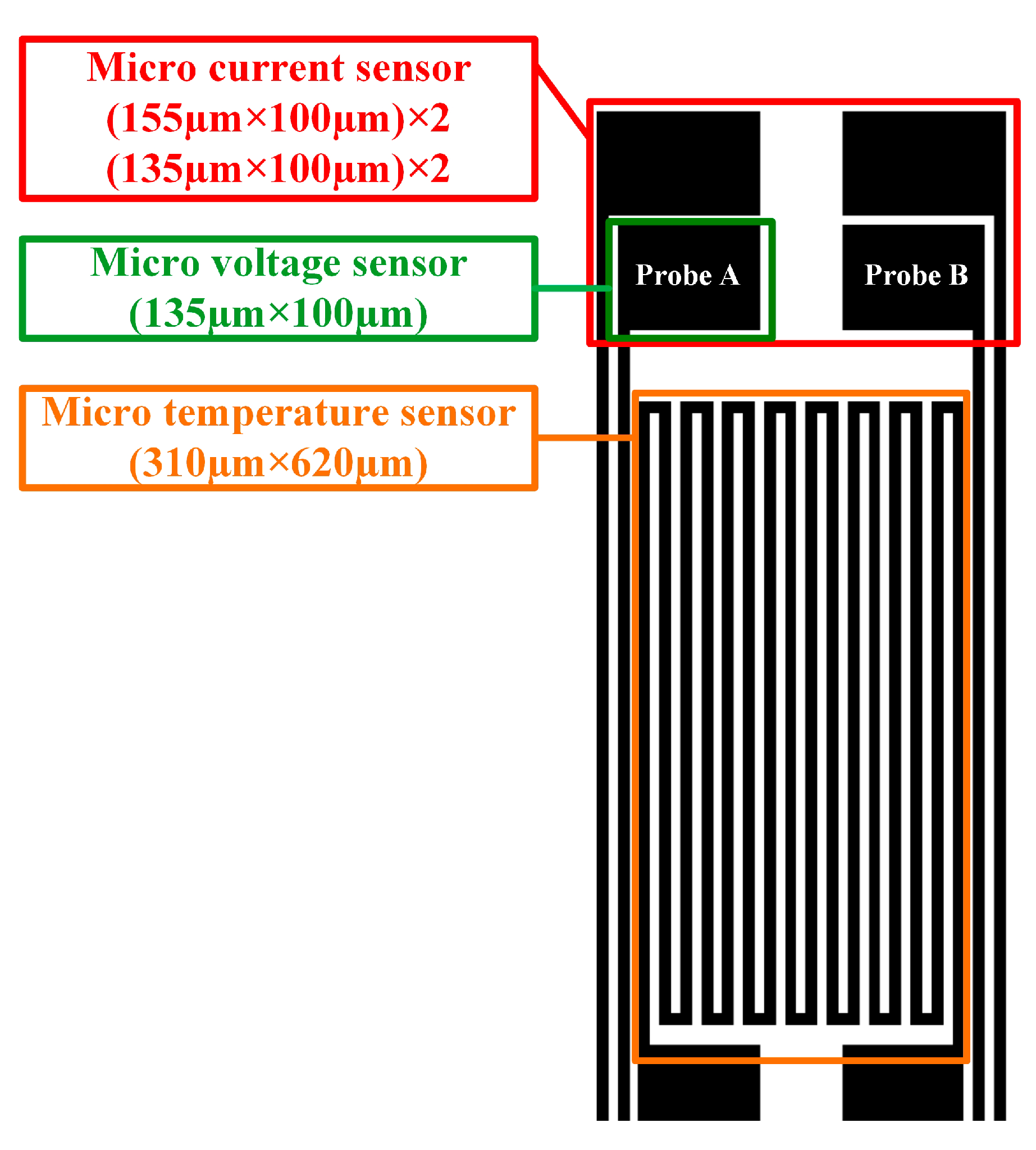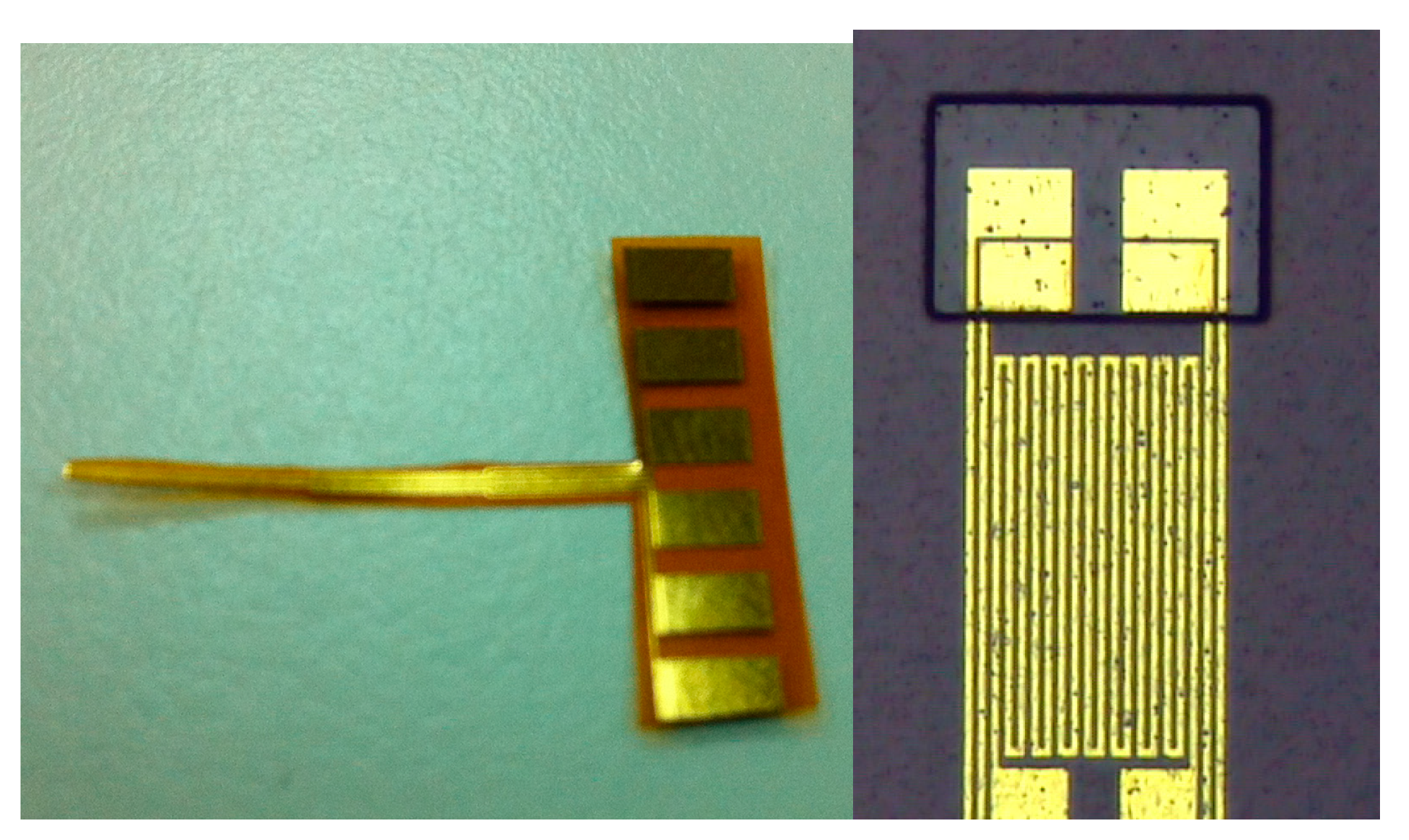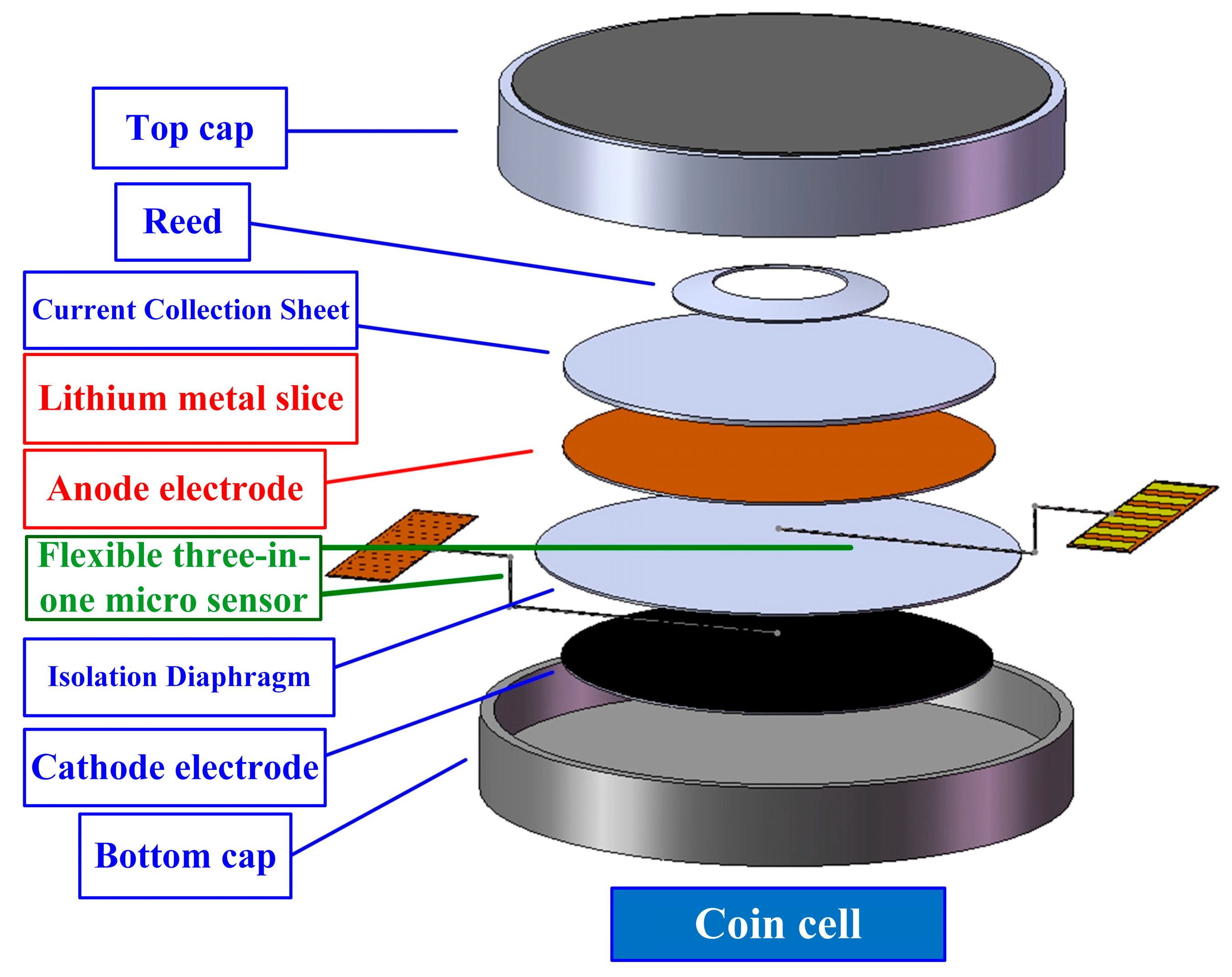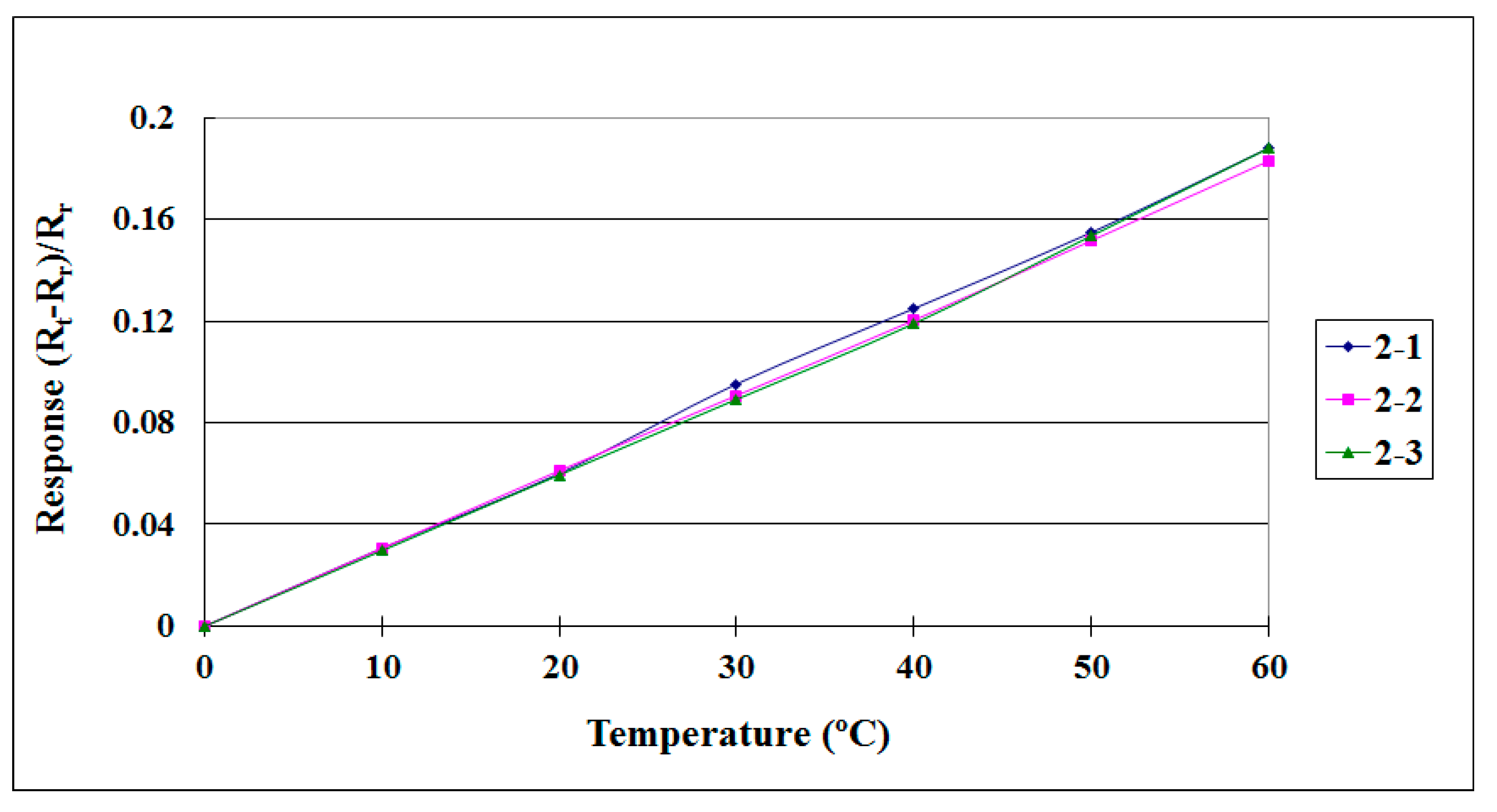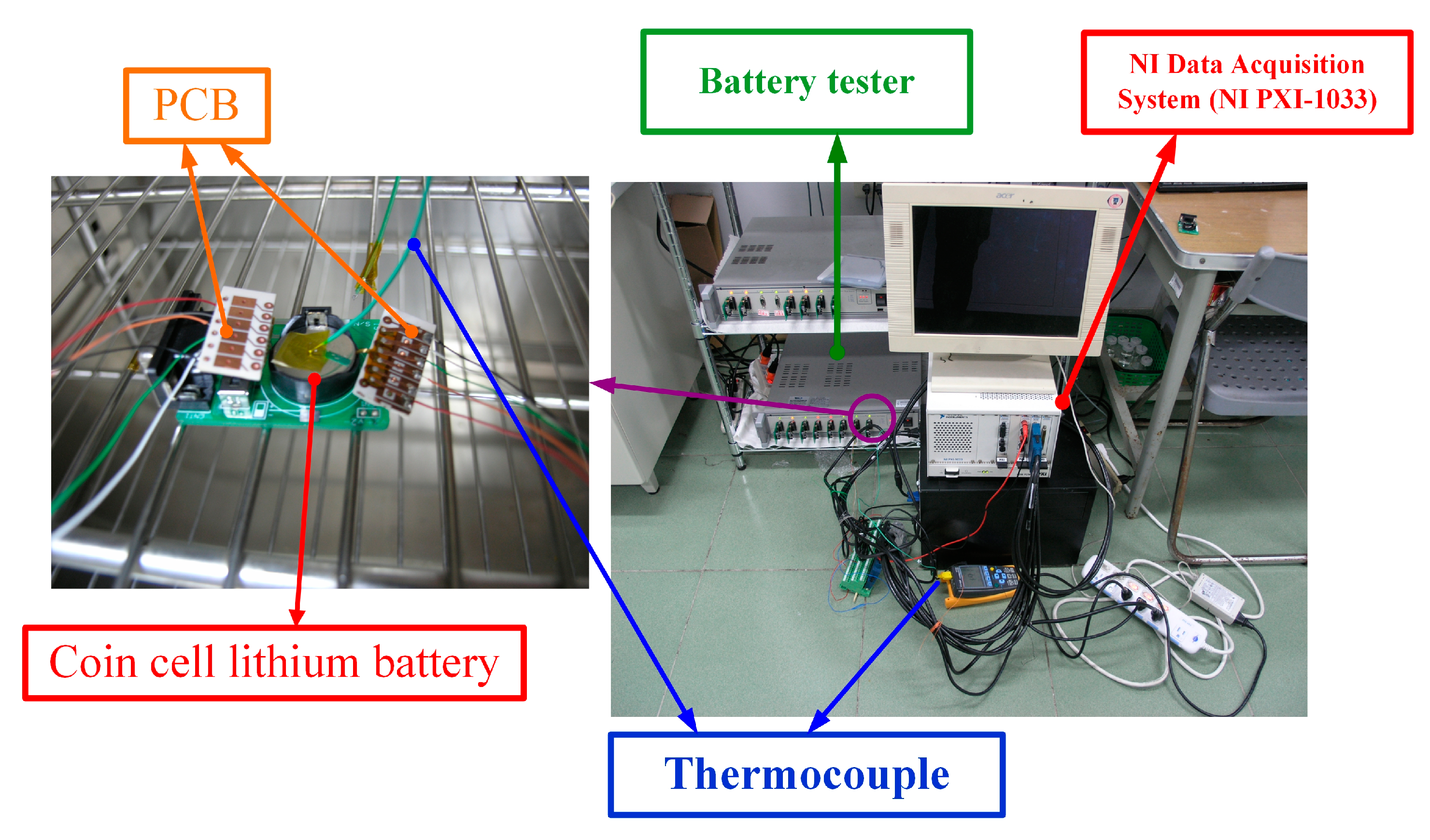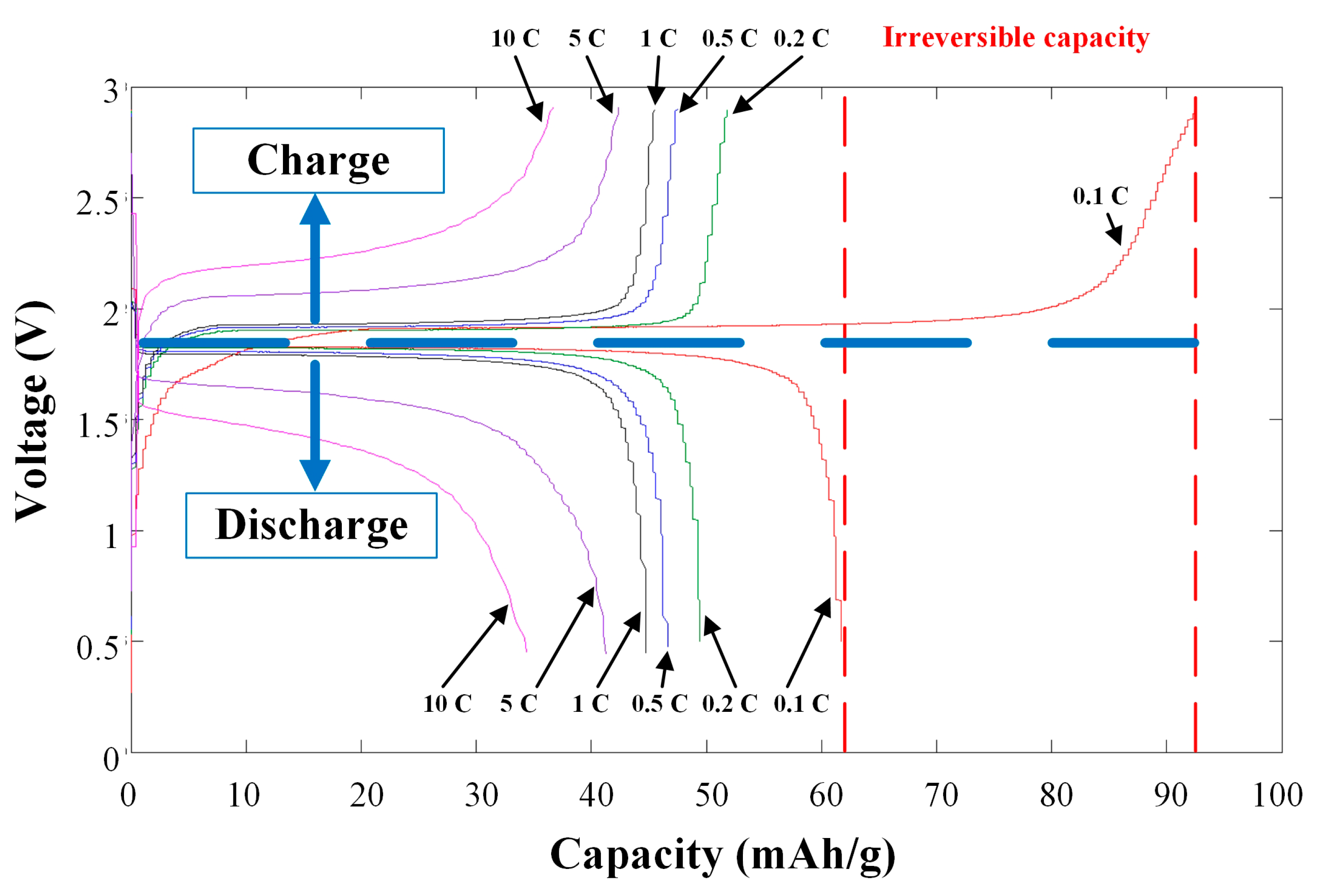Many countries are devoted to alleviating global warming and finding coping strategies, especially with the development of green energy. The green energy industry includes wind power, tidal power generation, hydropower and solar power generation. These green energies use pollution-free energy sources to replace the traditional power generation systems which produce greenhouse gases. However, if these power generation systems lack a good energy storage mechanism, the excess energy will be wasted. Therefore, it is required to use energy storage devices to store the excess energy. Lithium batteries are a useful tool for energy storage.
Lithium batteries are characterized by portability, high energy density, high operating voltage, wide service temperature range, no memory effect and long life. Hence, they are indispensable energy storage devices at present. However, in the lithium battery charging/discharging process, the anode material and electrolyte perform electrochemical reactions, which generate a great deal of heat [
1]. The overcharge/overdischarge can result in voltage instability an even thermal runaway [
2], as well as safety problems. A new approach, suitable for real-time implementation, was introduced for estimation of the non-uniform internal temperature distribution in cylindrical lithium-ion cells, in which a radial 1-D model is used to estimate the distribution using two inputs: the real or imaginary part of the electrochemical impedance of the cell at a single frequency, and the surface temperature [
3]. A preliminary calorimetric analysis and the surface temperatures of high-energy lithium-ion batteries indicated that the cells are prone to thermal runaway at temperatures of approximately 175 ~ 185 °C, which can be triggered by the Joule effect of the short circuit that results from the melting of the separator [
4]. Galobardes [
5] studied the application of C-MEMS as a lithium-ion battery anode. It is a protective film, referred to as a solid electrolyte interface (SEI), that forms on carbonaceous materials used as negative electrodes in commercial lithium-ion batteries. Chacko [
6] studied the electrothermal model of a polymer lithium battery with LiMn
2O
4 anode material and graphite cathode material. They also conducted loop tests to draw the battery surface temperature profile models. Wiedemann [
7] found that different electrolyte concentrations resulted in different voltage distributions in the lithium battery charge/discharge. Waag [
8] presented a lithium battery having a large charge and discharge accelerated aging. Forgez [
9] reported measurement of the internal temperature of lithium iron phosphate and coordination with a commercial thermocouple. Internal temperature measurements and surface temperature measurements of LiFePO4/graphite lithium-ion batteries using the model were validated in current-pulse experiments and a complete charge/discharge of the battery and were within 1.5 °C. Lee [
10] developed a flexible temperature micro sensor to embed into a lithium battery. Garay [
11] used MEMS techniques to develop an interdigitated electrode geometry and a minimum footprint area of 12 mm
2 for the medical and biological fields. Pomerantseva [
12] showed that the internal stresses of battery electrodes during discharge/charge are important for improving the reliability and cycle lifetime of lithium batteries, using the stress evolution observed in a silicon thin-film electrode incorporated into a MEMS device. Ryan [
13] demonstrated thin film technologies that could produce a NiOOH cathode layer that was of high quality and only 1–5 microns thick, and demonstrated the feasibility of microscopic batteries for MEMS. Mutyala [
14] used a flexible polymer produced on glass substrates and later transferred it onto thin copper foil embedded thin film thermocouples in a lithium ion battery pouch cell for
in-situ temperature monitoring. Sun [
15] reported a thermal model that can qualitatively predict the dynamic cell temperature changes that occur when a lithium ion battery works under adiabatic conditions. Richardson [
16] studied a method of estimating the battery cell core and surface temperature using a thermal model coupled with electrical impedance measurements, rather than using direct surface temperature measurements. This proved advantageous compared to previous methods of estimating the temperature from impedance.
Analysis on lithium battery failure is necessary. The endogenous events of lithium batteries can be observed by real-time monitoring of the internal temperature, voltage and current of the battery, as well as by analyzing the electrochemical reactions occurring inside the battery and possible failure causes. The findings of this study can be applied to the improvement of lithium battery materials in the future, and assist lithium battery management systems to monitor the conditions and design safe failure protection early warning systems.
Existing commercial temperature, voltage and current sensors are unlikely candidates to be embedded in a lithium battery due to their large size. The probable poor airtightness of the packaging may result in electrolyte leakage, influencing the lithium battery performance and safety. The micro-electro-mechanical systems (MEMS) technology is used in this study to develop a flexible three-in-one microsensor which can be embedded in a lithium battery for real-time monitoring of the internal temperature, voltage and current. The proposed design is characterized by good accuracy, high sensitivity and short reaction times, as well as high flexibility and measurement degrees of freedom (DOF). The developed flexible three-in-one microsensor is embedded in a coin cell for real-time monitoring. The reaction inside the lithium battery can be monitored instantly and more accurately by using this method. The internal temperature uniformity and voltage and current variation are analyzed microscopically, completing the measuring tool for internal real-time microscopic monitoring and safety diagnosis of lithium batteries.
